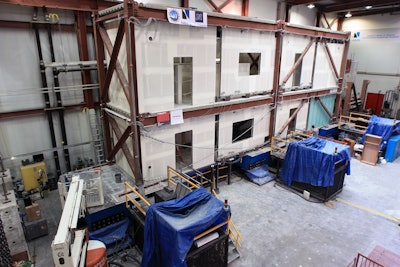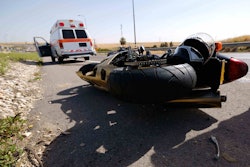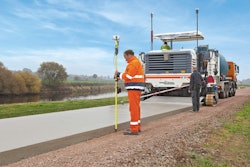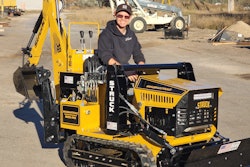 The test building has been repeatedly built, destroyed and rebuilt for earthquake testing at the University of Nevada’s Reno research lab. (Photo: UNR)
The test building has been repeatedly built, destroyed and rebuilt for earthquake testing at the University of Nevada’s Reno research lab. (Photo: UNR)It’s a little bit of earthquake apples and earthquake oranges, but it’s valuable nevertheless.
A two-story building was a broken up mess at the University of Nevada, Reno’s world-renowned earthquake engineering laboratory after researchers set in motion the final highest amplitude tests in the six-year long, multi-institutional research project that is testing the nonstructural elements in buildings, something never before done in this scale.
The experiment was important. Actually, it was important enough for observers from quake-devastated Japan to be there, and even Nevada’s governor Brian Sandoval came to watch the action.
The jolt came from three 50-ton capacity, 14-square-foot computer-controlled, hydraulically driven test tables that simulate the earthquake with as much as eight inches of displacement and forces almost twice that of gravity.
The experiment was part of a nationally competitive project funded by the Network for Earthquake Engineering Simulation Research program of the National Science Foundation. The purpose of the project is to quantify how the nonstructural systems in buildings fare in strong earthquakes.
It hasn’t really been done before, but roughly 85 percent of costs associated with building damage in earthquakes is damage to the non-structural systems – pipes, partitions and ceilings.
Earthquake research is also vital for people who design, build and care for our bridges and highways. While this experiment was about internal non-structural systems rather than the sort of structures we find in the transportation infrastructure field, it will still provide data of value to us.
If you factor earthquakes into your work, this Reno research facility is a place to monitor. They’ve done a lot of interesting and very valuable work already. Check out some of the other work these Nevada researchers are doing, get on their mailing list or bookmark them. These guys are good.








